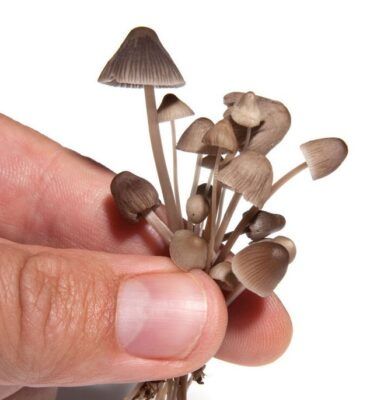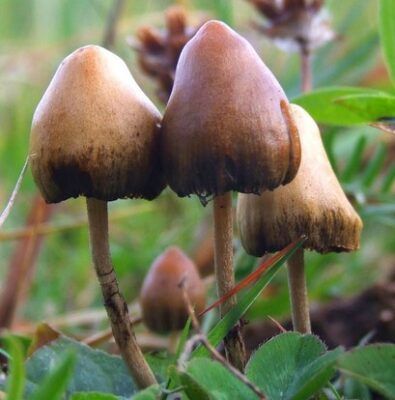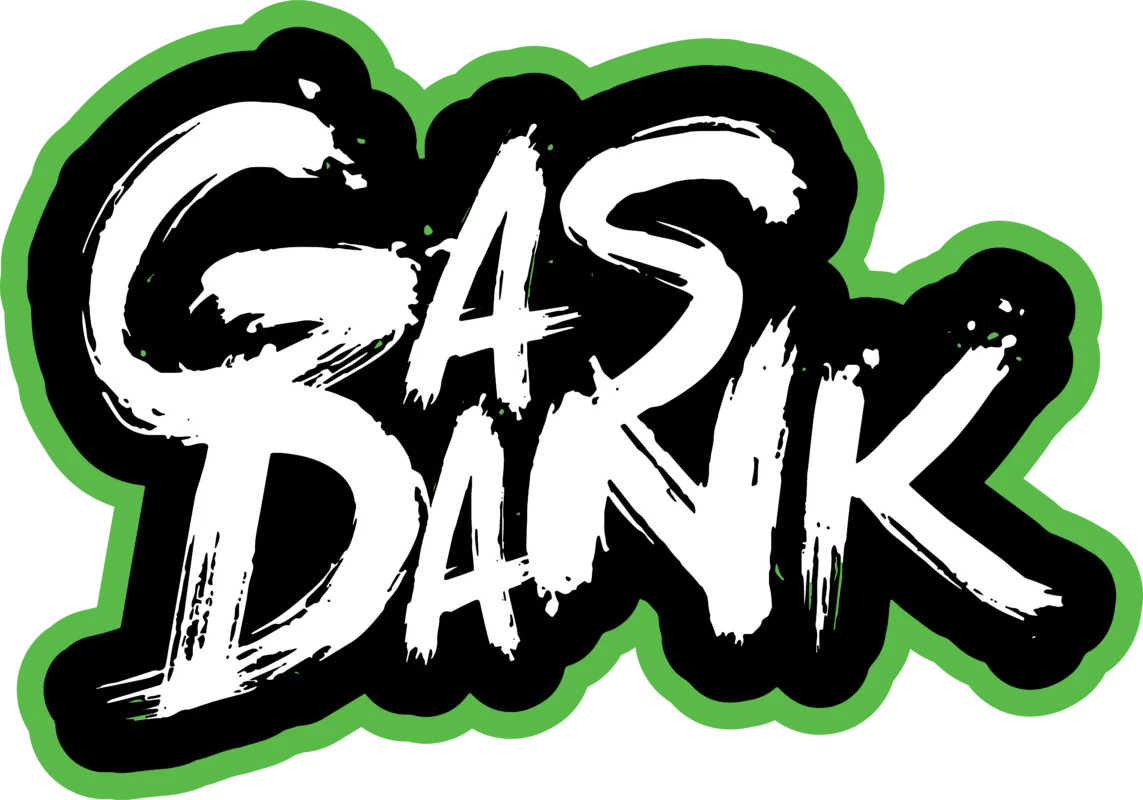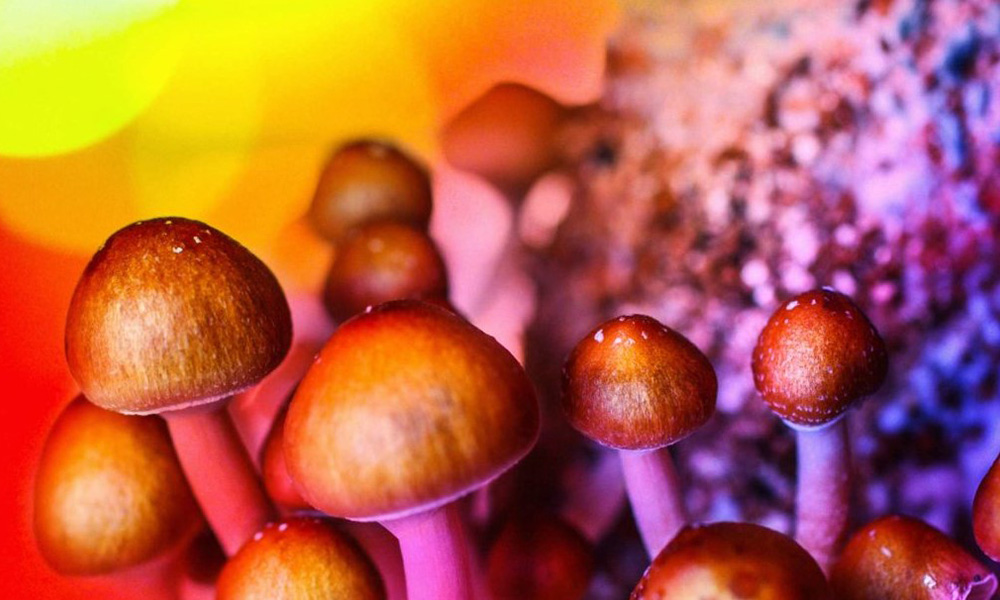Uncategorized
What are Magic Mushrooms and Psilocybin?
Psilocybin is a psychedelic compound that can be found in certain European, South American, Mexican, and American mushrooms. Psilocybin is contained in magic mushrooms. Psilocybin is used as a recreational drug. It has the same euphoric and distortion-inducing effects as LSD-based drugs.
In 2006, researchers at Johns Hopkins University’s Center for Psychedelic and Consciousness Research published a groundbreaking study entitled Trusted Source on the safety and therapeutic benefits of psilocybin. Researchers have also looked into whether it may be used to cure various health problems. Oregon became the first state in the United States to legalize psilocybin in October 2020. This gives lawmakers two years to discuss regulatory and prescription standards before the drug is made legal again.
Psilocybin is a Schedule I drug, which means the US Drug Enforcement Administration (DEA) thinks it has a significant potential for abuse with no proven medical benefits. Despite the fact that psilocybin is not considered to be addicting by medical institutions, people who take it may experience anxiety and panic.
What is psilocybin?

Psilocybin (4-phosphoryloxy-N,N-dimethyltryptamine) and psilocin are psychedelic chemicals produced from certain species of dried or fresh Mexican, South American, and northern United States mushroom whose roots have been used for millennia in sacred rituals. Psilocybin is an indolealkylamine (tryptamine). These chemicals have a structure similar to LSD, which causes hallucinations and euphoria. Because these substances function on serotonin receptors in the central nervous system.
Mushrooms containing the compounds psilocybin or psilocin can be found in almost 180 different species. Hallucinogenic mushrooms, like peyote (mescaline), have been used in native and religious ceremonies for millennia. Both psilocybin and psilocin can also be manufactured synthetically in a laboratory. Psilocybin obtained on the street has been reported to be contaminated with LSD from other kinds of mushrooms.
What are magic mushrooms?
Today, Psilocybe cubensis is most often sought after as a recreational drug among all Psilocybe species. Also known as golden cap, this tiny mushroom grows in nutrient-rich pastures and soils throughout the world, particularly in tropical regions of the Americas, Southeast Asia, and Australasia.
Users ingest psychedelic mushrooms in a variety of ways. Users typically eat one or two grams of dried mushroom rehydrated in meals and teas, although it is more unusual to take the extract as a liquid. The effects of several grams of mushrooms might range from 15 minutes to an hour to appear.
What effects do magic mushrooms have on people?
The brain responds to psilocybin and other psychedelic chemicals in P. cubensis in a variety of ways, depending on how much is taken, the concentration of the active substances, and the person’s own body.
Users of psychedelics, like LSD, frequently experience visual anomalies, such as halos and brighter colors.
What is a magic mushroom ‘trip’?
At high dosages, shapes may appear to shift and alter, reflecting an optical illusion effect, while perception can mistakenly interpret pictures in order to produce hallucinations. Measures of time might be distorted as well, with brief times seeming to last a long time.
The mushroom promotes euphoria and enjoyment, fostering feelings of calmness on an emotional level. In many situations, there is a sense of disconnection from reality, with drowsiness and confused thinking in some cases. The psychedelic chemicals dilate the eyes and stimulate the digestive system to generate feelings of nausea, sometimes to the point of vomiting physiologically.
Some people, particularly those with anxiety or bipolar disorders, may develop a high degree of paranoia after ingesting magic mushrooms. A ‘poor trip’ is one in which participants experience extreme fear as a result of hallucinations.
Methods of Psilocybin Use
The stems of “Magic Mushrooms” are long and slender, appearing white or greyish at the top with dark gills on the underside. Dried mushrooms are generally a reddish rust brown color with small patches of off-white. Mushrooms may be eaten raw or cooked and may be prepared into a tea or combined with other foods. The psilocybin has an undesirable bitterness.
A negative experience, also known as a “bad trip,” can occur with any amount of psilocybin. The majority of dried mushrooms have 0.2 percent to 0% psilocybin and only trace amounts of psilocin. Psilocybin for recreational usage varies, with peak effects peaking in 1 to 2 hours and lasting for about 6 hours.
The amount and effects of psilocybin can differ widely depending on the mushroom species, method of preparation, and sensitivity of the user. It’s difficult to say with certainty what kind of mushroom you’re eating or how much hallucinogen it contains since there are so many varieties. If you want to use psilocybin for recreational purposes, possibly a smaller dose and a longer time to observe changes would be safer.
Are magic mushrooms dangerous?

The toxicology of P. cubensis is unknown, although it has a low toxicity and is considered to be relatively safe in comparison to the health risks associated with many other medicines. There are dangers, as there are with any illicit substance that may influence how our bodies function.
For others, the feeling will be unpleasant, resulting in psychological unease, dizziness, weakness, and stomach upset. This might induce trauma or recurring occurrences such as flashbacks depending on past mental health problems.
Certain tasks, such as swimming or driving, while under the psychedelic’s influence, expose users to a greater risk of accidents. Then there are the inherent dangers of getting high in the first place. Foraging for mushrooms – magic or otherwise – might result in ingesting a potentially deadly variety, for example. While recklessly administering psilocybin via the end of a syringe poses additional potential health hazards,
Psilocybin is a prohibited drug in many countries, resulting in fines or imprisonment for possessing or trafficking mushrooms. This is changing slowly as jurisdictions decriminalize the possession of small amounts of the psychedelic.
How do magic mushrooms affect the brain?
The chemical psilocybin is broken down by our bodies into the chemical psilocin, another psychoactive component found in P. cubensis. It’s actually psilocin that modifies our nervous system and challenges other messenger chemicals in order to stimulate a variety of serotonin receptors known as 5-HT receptors.
It’s this competition that affects areas of the brain involved in a wide range of functions, including mood management, temperature regulation, hunger, and sensory excitement. The drug’s effect on levels of another neurotransmitter called glutamate in regions of the brain concerned with thinking and self-esteem may shift how we perceive our sense of self and our relationship to the world.
This sounds very similar to how the brain’s structure changes after ingesting cannabis. It also appears that utilizing psychedelics, such as psilocybin, may “reset” the way neurons are connected on a fundamental level.
Do magic mushrooms treat depression?
Researchers are finding that carefully controlled doses of psilocybin in a controlled environment, with guided psychotherapy, might be as effective as leading antidepressants at treating depression while having fewer side effects.
Furthermore, since it influences the way brain cells connect, it may be a drug with long-term benefits for treating mood disorders.
However, more study is required to determine how effective the therapy is for large groups of individuals as well as how safe and efficient it is over extended periods of time.
At the time of publication, fact checkers judge that all Explainers are correct and relevant. To keep information current, text and pictures may be modified, deleted, or added as an editorial choice.



